What Will Most Likely Happen if the Level of Greenhouse Gases Continues to Rise 2 Points
GREENHOUSE EFFECT
The consequences of the greenhouse effect: from desertification to floods
#nature
Human action is causing an increase in global temperature. For that reason, the greenhouse effect, far from being our great ally as was the case in the past, is now a risk to our survival. The flooding of coastal cities, the desertification of fertile areas, the melting of glacial masses and the proliferation of devastating hurricanes are just some of the main consequences.
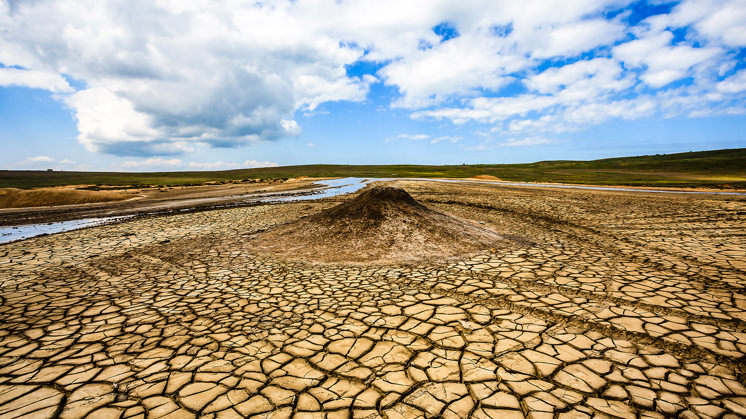
Global warming is having a profound impact on the processes of soil degradation and is contributing to the desertification of the most arid areas on the planet.
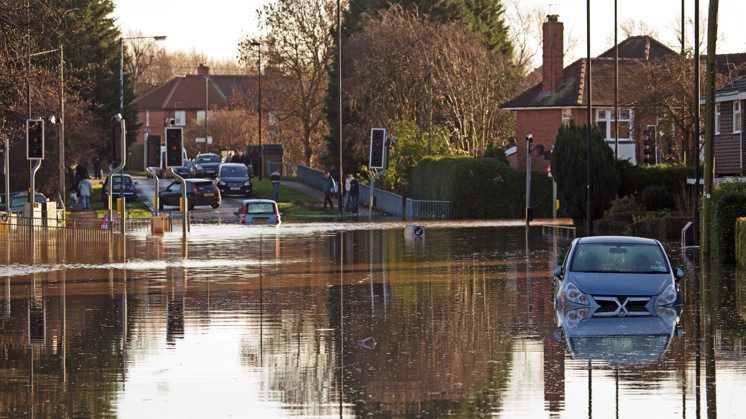
The increase in the global temperature of the planet produces a rise in the level of the sea, which will cause the disappearance of islands and coastal cities.
FIGHTING THE CONSEQUENCES OF THE GREENHOUSE EFFECT
Would you like someone to tell you about it? Listen to this article. For those who want to change the world.
WHAT IS THE GREENHOUSE EFFECT
The greenhouse effect is a natural phenomenon and is beneficial for us. Certain gases in the atmosphere retain part of the thermal radiation emitted by the Earth's surface after being heated by the sun, this maintains the planet's temperature at a level suitable for the development of life. Human action — through activities such as industry, intensive agriculture and livestock farming, or transport —, however, has increased the presence of these gases in the atmosphere — mainly, carbon dioxide and methane as a result of the burning of fossil fuels such as coal, oil or gas —, causing them to retain more heat and to increase the temperature on the planet. This is what we know as global warming.
HOW THE GREENHOUSE EFFECT IS PRODUCED
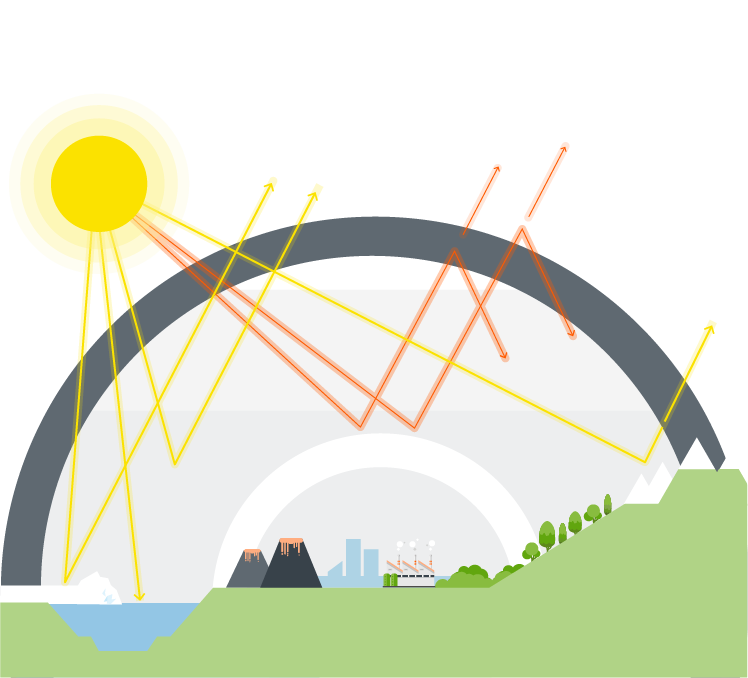
GREEN HOUSE EFFECT
Numerous gases that are part of the atmosphere absorb the Earth's infra-red radiation, producing an increase in the temperature of the surface of our planet and the atmospheric layer that surrounds it

Layer of
greenhouse gases
Carbon dioxide
Water vapour
Nitrous oxide
Methane
Radiation escaping into space
Irradiate heat into surface
Solar radiation

Evolution of CO 2 (Gt)
CO2 is the gas that contributes the most to the greenhouse effect. We present the history of emissions in the world during the last decade
GREEN HOUSE EFFECT
Numerous gases that are part of the atmosphere absorb the Earth's infra-red radiation, producing an increase in the temperature of the surface of our planet and the atmospheric layer that surrounds it


Layer of
greenhouse gases
Carbon dioxide
Water vapour
Nitrous oxide
Methane
RRadiation escaping into space
Calor irradiado a la superficie

Solar radiation
Evolution of CO 2 (Gt)
CO2 is the gas that contributes the most to the greenhouse effect. We present the history of emissions in the world during the last decade
SEE INFOGRAPHIC: Do you know how the greenhouse effect is produced? [PDF] External link, opens in new window.
CONSEQUENCES OF THE GREENHOUSE EFFECT
The increase in the average temperature on Earth is changing living conditions on the planet. Let's find out about the main consequences of this phenomenon:
- Thawing of glacial masses
Glaciers retreat also has its own consequences: reduced albedo — the percentage of solar radiation that the earth's surface reflects or returns to the atmosphere —, a global rise in sea level and the release of large methane columns are only some of them, however, they are all dramatic for the planet. - Flooding of islands and coastal cities
According to Intergovernmental Panel on Climate Change (IPCC, 2014), during the period 1901-2010 the global average sea level rose 19 centimetres. It is estimated that by 2100 the sea level will be between 15 and 90 centimetres higher than it is now and will threaten 92 million people. - Hurricanes will be more devastating
The intensification of the greenhouse effect does not cause these extreme climatic events, but it does increase there intensity. Hurricanes formation are connected with sea temperature — they only form over waters that have a temperature of at least 26.51 ºC —. - Migration of species
Many animal species will be forced to migrate in order to survive the changes in the main climatic patterns altered by the progressive increase in temperatures. Human beings will also have to move: according to the World Bank, by 2050 the number of people forced to flee their homes due to extreme droughts or violent floods could reach 140 million. - Desertification of fertile areas
Global warming is having a profound impact on the processes of soil degradation and is contributing to the desertification of areas on the planet, a phenomenon that destroys all the biological potential of affected regions, turning them into barren and unproductive land. As recognised by the UN on the occasion of the World Day to Combat Desertification in 2018, 30% of land has been degraded and lost its real value. - Impact on agriculture and livestock
Global warming has already altered the length of the growing season in large parts of the planet. Similarly, changes in temperatures and seasons are influencing the proliferation of insects, invasive weeds and diseases that can affect crops. The same is happening with livestock: climatic changes are directly affecting important species in multiple ways: reproduction, metabolism, diseases, etc.
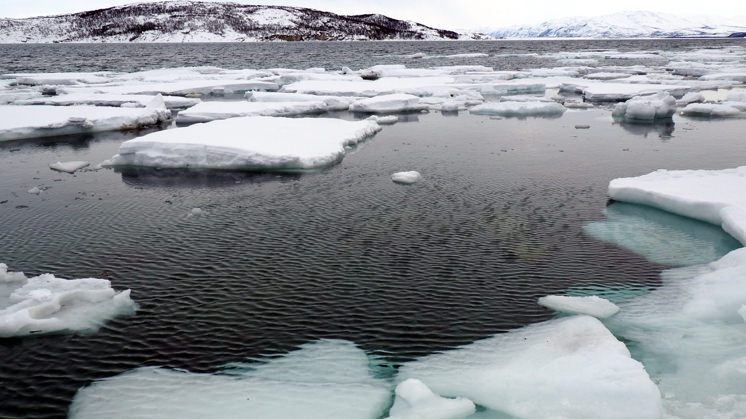
Thawing will produce a global rise in sea level and the release of more methane, among other consequences.

The intensity of hurricanes will be greater due to the greenhouse effect.

Many animal species will migrate as consequence of the high temperatures.

With global warming, insects, invasive weeds and diseases will affect crops.
CONSEQUENCES OF THE GREENHOUSE EFFECT ON HUMAN HEALTH
The greenhouse effect is also directly affecting human health through:
- Food shortages
The United Nation's Food and Agriculture Organization (FAO) states that climate change is raising serious doubts about food availability: in its last biennial report on the state of world food and agriculture, it warns that a decline in agricultural production would result in food shortages, most severely affecting sub-Saharan Africa and South Asia. - The spread of diseases and pandemics
In addition to the problems derived directly from pollution, the World Health Organization (WHO) states that global warming will cause infectious diseases such as malaria, cholera or dengue to spread to many more areas of the planet. On the other hand, extreme heat will increase and aggravate cardiovascular and respiratory problems.
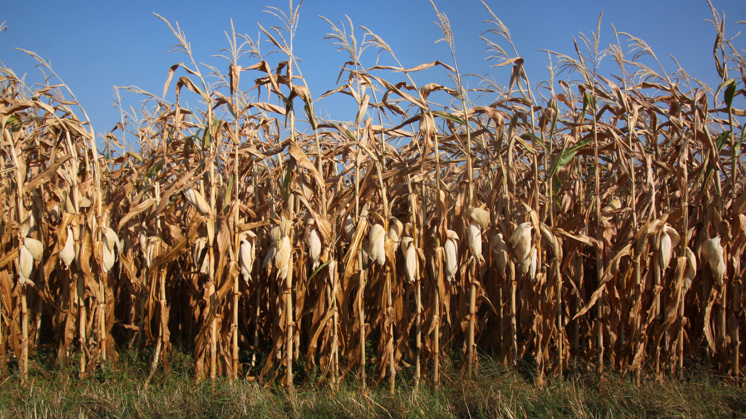
The decrease in agricultural and livestock production will bring about the food shortage.

Global warming will spread infectious diseases across the planet.
HOW TO SOLVE THE CONSEQUENCES OF THE GREENHOUSE EFFECT
Reducing emissions of the so-called greenhouse gases, such as CO2 or CH4 is not the only solution to curb the greenhouse effect. International organisations also agree on the following recommendations:
- Use renewable energy. They are driving our progress in preserving the environment and alleviating the crisis of exhaustible energy sources, such as gas and oil.
- Use public transport and other non-polluting means, such as electric vehicles or bicycles.
- Promote ecological awareness among citizens and different administrations.
- Commit to recycling and the circular economy.
- Reduce the consumption of meat and the food waste.
- Consume organic products.
Climate action is synonymous with any policy, measure or programme that works to reduce greenhouse gases, builds resilience to climate change or supports and finances those objectives. The Paris Agreement (2015) was the first major international agreement towards those ends. At COP21, when it was signed, 174 countries and the European Union agreed to work with the goal of keeping global warming below 2°C.
Within its climate action, the Iberdrola group is committed to becoming carbon neutral by 2030 in Europe, it has also committed to reducing its global CO2 emissions intensity to 50g/kWh — which would be 70g/kWh by the end of 2025 — until it becomes carbon neutral globally by 2050. The company has also set a target to reduce absolute Scope 1, 2 and 3 greenhouse gas (GHG) emissions, which has been approved by the Science Based Target initiative.
Source: https://www.iberdrola.com/sustainability/greenhouse-effects-consequences-and-impacts